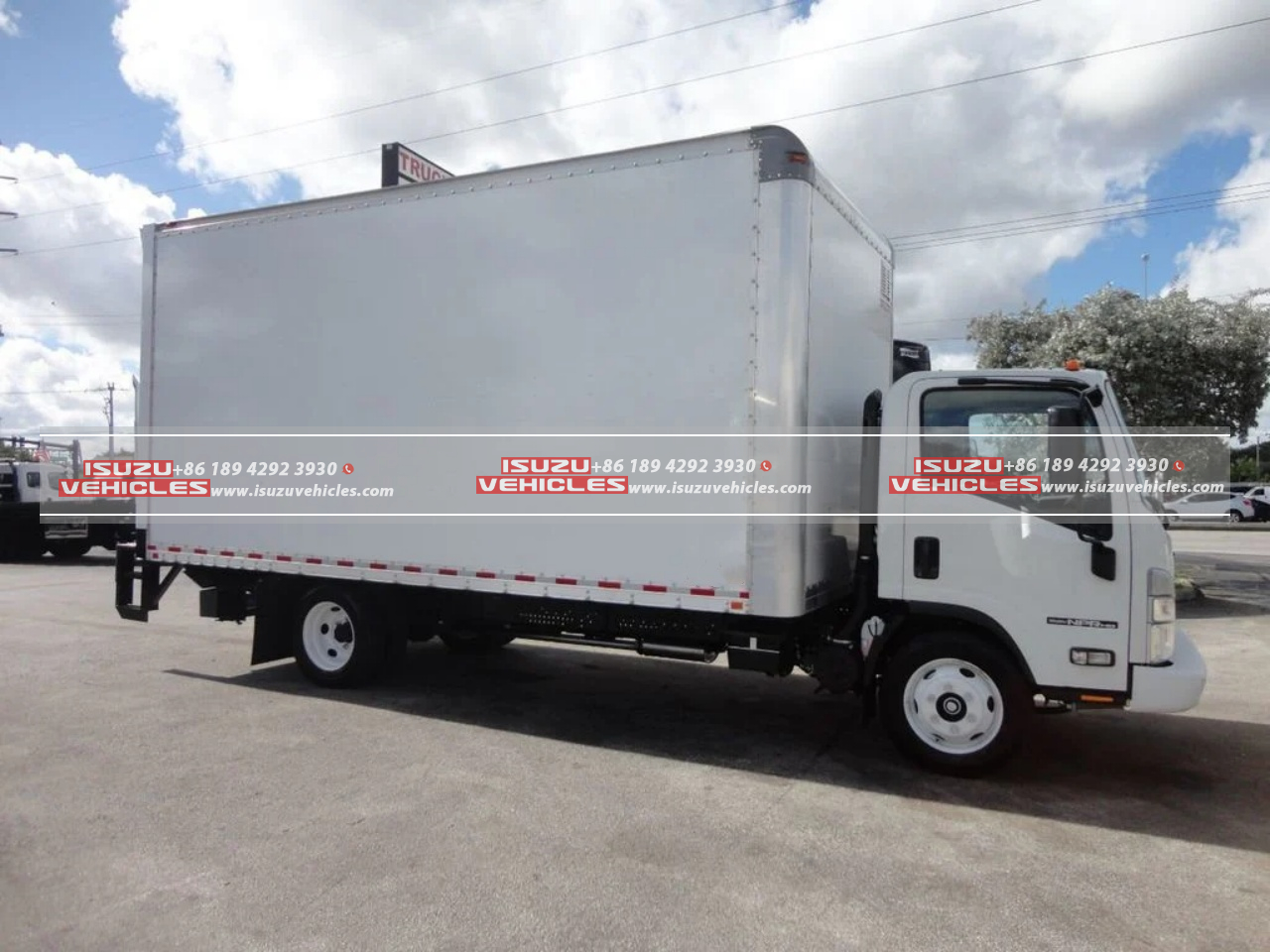
Part 1: Preparation is Key
Assessing the Load and Planning
Efficient loading and unloading of ISUZU cargo box trucks start long before the truck arrives at the loading dock. Proper planning and preparation are essential to ensure a smooth process. Begin by assessing the load size, weight, and type of cargo. Understanding these factors helps in organizing the loading sequence and selecting the right equipment.
Prepare a detailed loading plan that outlines the order in which items will be loaded and unloaded. This plan should consider the weight distribution to maintain the truck’s stability and ensure safety on the road. Make sure to allocate enough space for each item and plan for any special handling requirements for fragile or hazardous materials.
 Part 2: Organizing the Loading Area
Part 2: Organizing the Loading Area
Creating an Efficient Workspace
An organized loading area is crucial for efficiency. Clear the area of any obstacles that could hinder movement and ensure that the ground is even to prevent accidents. Arrange the cargo in a way that allows for easy access and quick loading. Group similar items together and place the heaviest items closest to the truck.
Utilize pallets, forklifts, and other material handling equipment to streamline the process. Ensure that all equipment is in good working condition and that operators are trained to use them safely. Mark the floor with guidelines to help with the precise placement of items, ensuring optimal use of space and weight distribution.
Part 3: Proper Loading Techniques
Securing the Cargo
Loading a truck is not just about fitting items in; it’s about securing them properly to prevent damage and ensure safety. Use load bars, straps, and ropes to secure the cargo in place. Ensure that the load is evenly distributed to prevent the truck from becoming unbalanced, which can cause accidents during transit.
When loading, start with the heaviest items at the bottom and the lighter ones on top. This prevents the lighter items from being crushed and maintains a low center of gravity for the truck. Leave a small space between items to allow for some movement during transit, which can prevent items from being damaged by rubbing against each other.
Part 4: Efficient Unloading Strategies
Unloading with Precision
Efficient unloading is as important as loading. Plan the unloading process to minimize the time the truck spends idle. Begin by checking the cargo for any signs of shifting or damage during transit. Use the same equipment and techniques employed during loading to ensure safety.
Unload items in the reverse order they were loaded, starting with the lightest and working down to the heaviest. This method helps maintain stability and prevents accidents. Ensure that there is a designated area for unloaded items to avoid clutter and streamline the workflow.
Part 5: Safety First
Ensuring a Safe Environment
Safety should always be the top priority when loading and unloading ISUZU cargo box trucks. Ensure that all personnel involved are trained in safe handling techniques and are wearing the appropriate personal protective equipment (PPE). Conduct regular safety briefings to keep everyone informed of best practices and any new procedures.
Implement safety measures such as proper lighting, clear signage, and emergency protocols. Ensure that the truck is parked on a level surface with the brakes engaged to prevent any movement during loading and unloading. Regularly inspect the truck and loading equipment to ensure they are in good condition and address any issues immediately.
Conclusion
Efficient loading and unloading of ISUZU cargo box trucks require careful planning, organization, and adherence to safety protocols. By assessing the load, organizing the loading area, using proper techniques, planning the unloading process, and prioritizing safety, you can ensure a smooth and efficient workflow. These practices not only save time and reduce costs but also help prevent accidents and damage to the cargo, ensuring a successful delivery every time.

 Part 2: Organizing the Loading Area
Part 2: Organizing the Loading Area